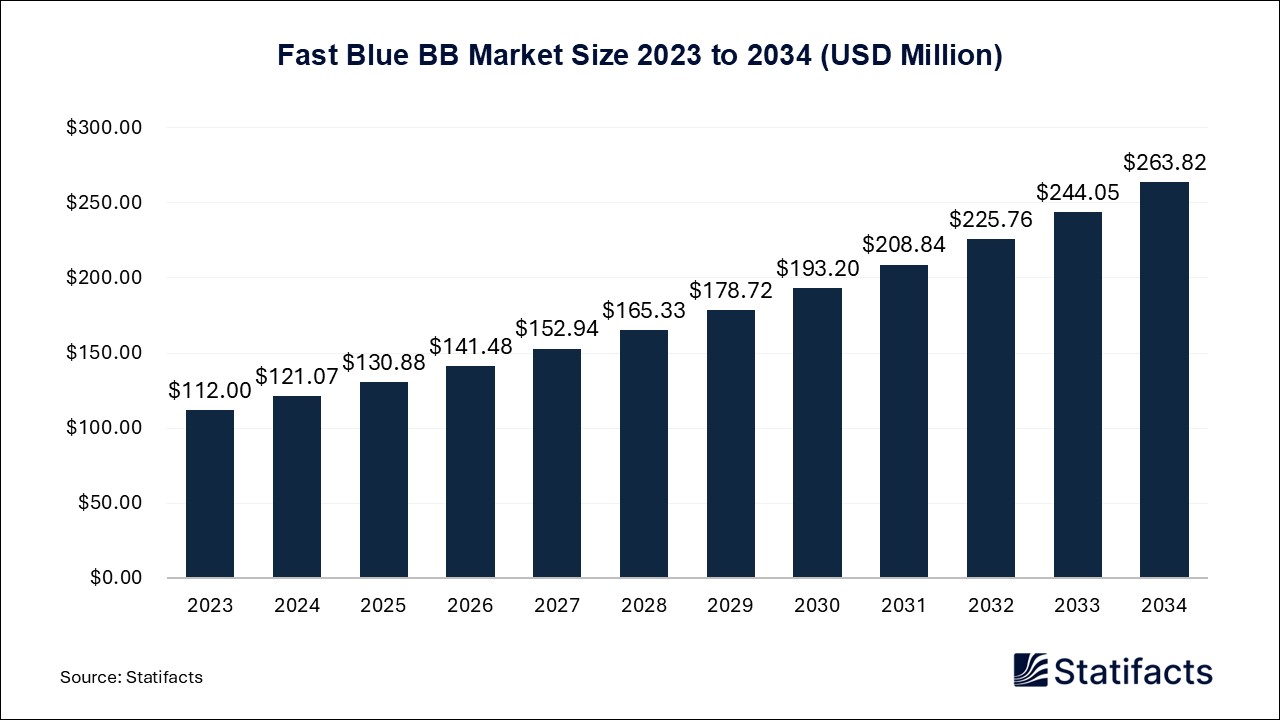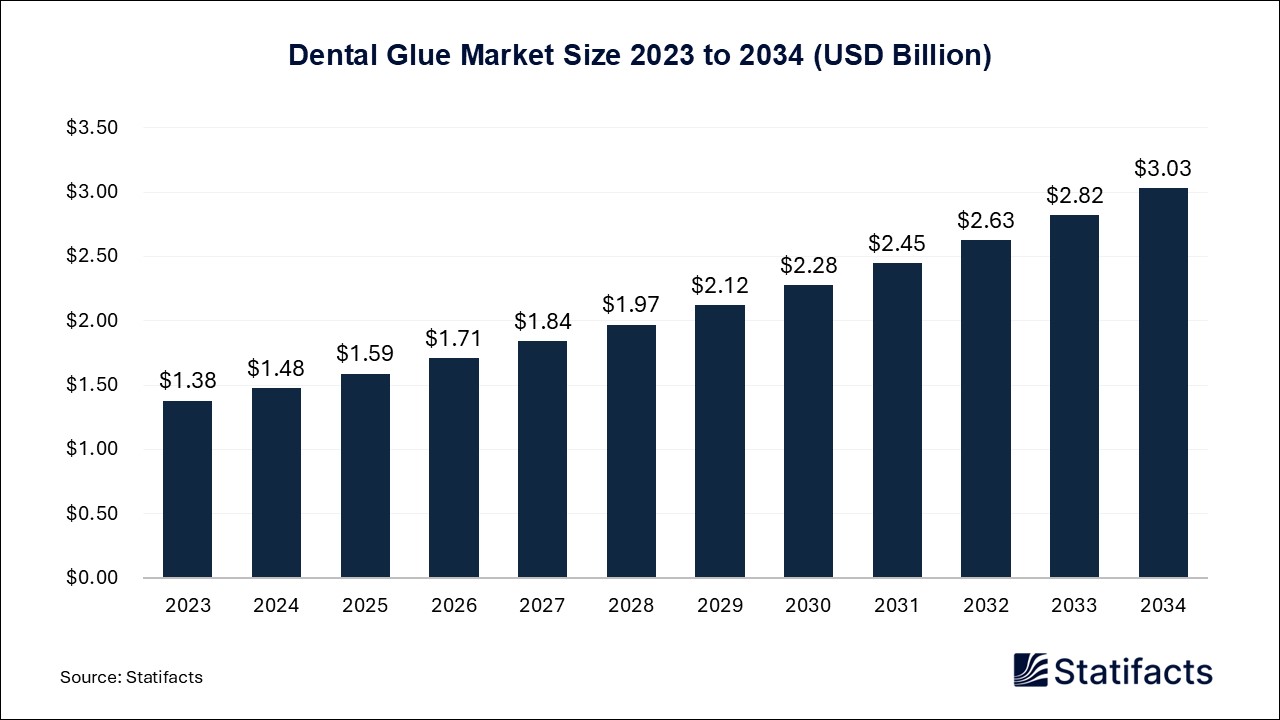
By clicking “Accept All Cookies” you agree to the storing of cookies on your device to enhance site navigation, analyze site usage, and assist in our marketing efforts.
Privacy PolicyThe Europe hospital services market size was evaluated at USD 2,895 billion in 2024 and is expected to grow around USD 4,857 billion by 2034, registering a CAGR of 5.31% from 2025 to 2034.
| Industry Worth | Details |
| Market Size in 2025 | USD 3,093 Billion |
| Market Size by 2034 | USD 4,857 Billion |
| Market Growth Rate from 2025 to 2034 | CAGR of 5.31% |
Hospitals guarantee the well-being and safety of vulnerable individuals by offering a secure environment and incorporating policies and processes to protect them from harm. Hospitals can offer an expense-effective way to key customized medical services, mainly for complex cases that may need specialized equipment and expertise. By offering access to developed diagnostic tools, timely intervention, and medical expertise, hospitals lead to enhanced patient results and better overall health.
Technological developments like telemedicine, robotic surgeries, and AI-based diagnostics are changing the hospital services market by improving both operational efficiency and patient care. Telemedicine permits patients to receive treatments and remote consultations, decreasing the demand for physical hospital visits and expanding access to healthcare, mainly in rural or underserved areas. AI diagnostics permit faster and more accurate disorder detection, contributing to enhanced treatment results and better patient management. Further, robotic surgeries provide shorter recovery times, greater precision, and decreased risk of complications, rising patient satisfaction, and hospital efficiency. These innovations not only enhance the quality of care but also assist hospitals in optimizing resources, decreasing operational expenses, and managing larger patient volumes.
The geriatric population forms a cornerstone - ky-reaching convenience is highlighted by the hospital services market currently because of the high prevalence of chronic diseases like diabetes, orthopedic issues, cardiovascular illnesses, and cancer. The market thus gains popularity due to the heavy increase in the geriatric population, who are more susceptible to chronic diseases. The measure of the geriatric population tackling critical disorders entails an ultimatum for developed surgeries and medical interventions. This, in turn, drives the healthcare domain to enlarge its dimensions, arising from the requirement of satisfactory results. Further, state-of-the-art diagnostic methods, telemedicine solutions, and surgical equipment are offered to patients in demand, leading to hospitals’ comprehensive revenue expansion.
Future of Healthcare Digitalization - With the rising older population, care providers tackle growing pressure to provide high-quality, long-term care amongst a remarkable shortage of skilled professionals. This situation represents a formidable barrier to the industry's efficiency and sustainability. France applies €4.5 billion to healthcare improvement in its RRP, with €2 billion devoted to healthcare digitalization. This involves advancing national infrastructure, secure data exchange, and digital medical records, targeting to improve and modernize long-term care and care coordination.
The public/community segment is anticipated to expand rapidly in the European Union hospital services market in 2024. This is owing to the greater number of individuals in these facilities because of lower expenses or more affordable healthcare alternatives than in private facilities. Further, nations are classifying the growth of public hospitals in distant regions to provide top-grade healthcare to zones that shortfall access. Further, governments grant resources to public health to enhance workforce abilities and the standard of care.
The private segment is anticipated to demonstrate steady upward momentum during the forecast period. This is owing to the increasing need for large healthcare services provided via hospitalization, mainly for severe health problems and surgical therapies. Moreover, the growth in insurance presence in emerging countries is expected to boost the number of individuals staying in hospitals, contributing to a rising need for this field on a greater scale.
The inpatient segment is positioned to show promising growth in the coming year. Inpatient services refer to medical care offered to patients who are admitted to a hospital for an overnight stay or longer. These services involve medical treatments, surgeries, and intensive care. Inpatient services pay for the majority of hospital revenue, as they require more resources and a lengthy hospital stay.
The outpatient segment saw its presence grow substantially in the forecast period. It is due to developments in communication technology. Technological advancements have assisted the growth of telemedicine and distant consultation processes, decreasing patient stays and medical costs. Lately, the outpatient industry is expanding as it works with the increasing alternatives for shorter and more cost-effective healthcare solutions.
The cardiovascular segment achieved considerable growth within the European Union hospital services market in 2024. EU evaluations of the expense relied mainly on assumptions to apportion the total of non-hospital care resource usage rather than being informed by specific-patient level information. Cost-of-illness studies generally be as precise and modern as possible to offer a reliable proof base for policymakers. They not only evaluate the resources utilized in disorder diagnosis and treatment, evaluate the non-healthcare influence of CVD, like the opportunity costs of relatives offering care for patients and the misplaced earnings related to the inability to work owing to disability or premature death.
Published by Kesiya Chacko
| Subsegment | 2024 | 2025 | 2026 | 2027 | 2028 | 2029 | 2030 | 2031 | 2032 | 2033 | 2034 |
|---|---|---|---|---|---|---|---|---|---|---|---|
| State-owned Hospital | - | - | - | - | - | - | - | - | - | - | - |
| Private Hospital | - | - | - | - | - | - | - | - | - | - | - |
| Public/ Community Hospital | - | - | - | - | - | - | - | - | - | - | - |
| Subsegment | 2024 | 2025 | 2026 | 2027 | 2028 | 2029 | 2030 | 2031 | 2032 | 2033 | 2034 |
|---|---|---|---|---|---|---|---|---|---|---|---|
| Outpatient Services | - | - | - | - | - | - | - | - | - | - | - |
| Inpatient Service | - | - | - | - | - | - | - | - | - | - | - |
| Subsegment | 2024 | 2025 | 2026 | 2027 | 2028 | 2029 | 2030 | 2031 | 2032 | 2033 | 2034 |
|---|---|---|---|---|---|---|---|---|---|---|---|
| Cardiovascular | - | - | - | - | - | - | - | - | - | - | - |
| Acute Care | - | - | - | - | - | - | - | - | - | - | - |
| Cancer Care | - | - | - | - | - | - | - | - | - | - | - |
| Diagnostics, and Imaging | - | - | - | - | - | - | - | - | - | - | - |
| Neurorehabilitation & Psychiatry Services | - | - | - | - | - | - | - | - | - | - | - |
| Gynecology | - | - | - | - | - | - | - | - | - | - | - |
| Others | - | - | - | - | - | - | - | - | - | - | - |
Related Reports
To get full access to our Market Insights, you need a Professional Account or a Business Suite.

You will receive an email from our Business Development Manager. Please be sure to check your SPAM/JUNK folder too.

You will receive an email from our Business Development Manager. Please be sure to check your SPAM/JUNK folder too.

Our customers work more efficiently and benefit from



